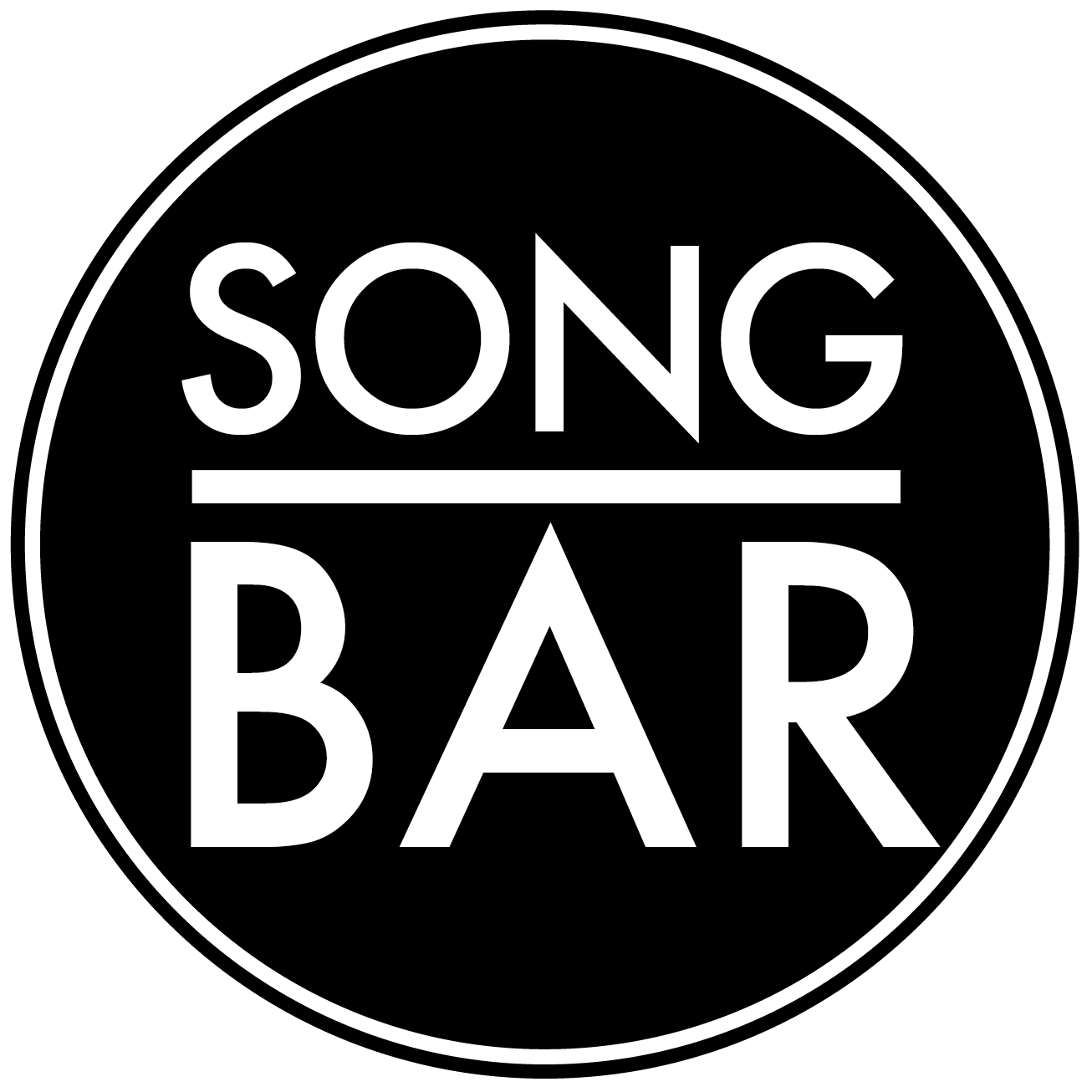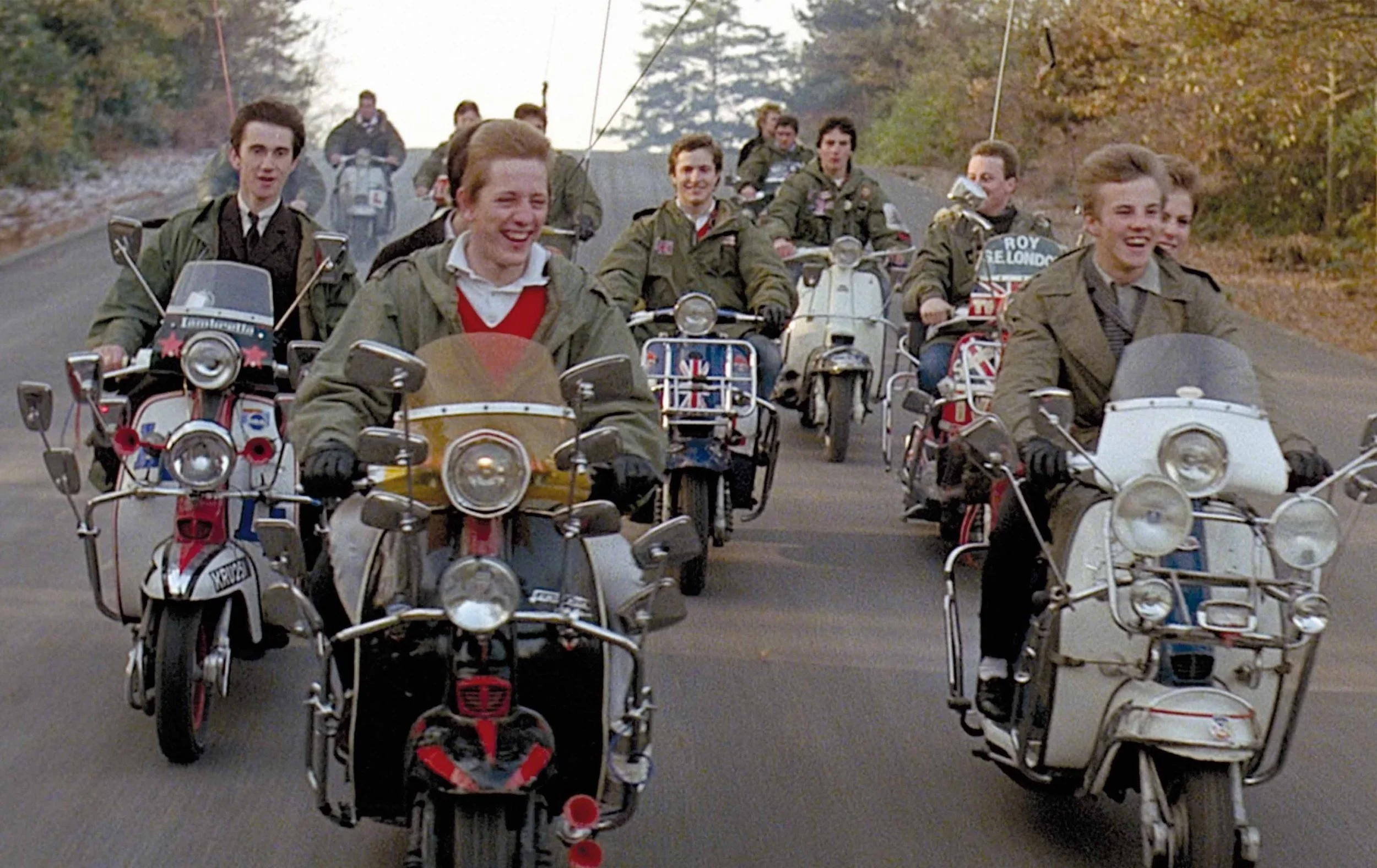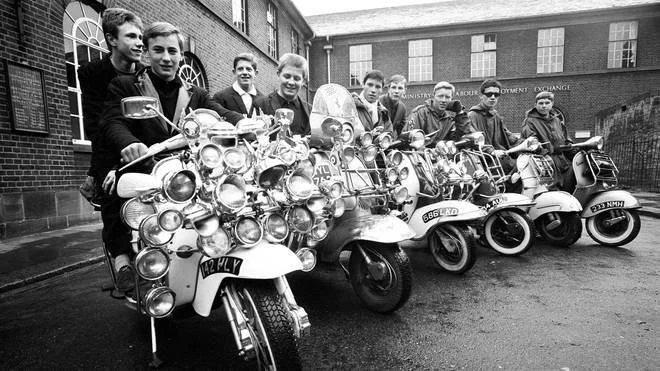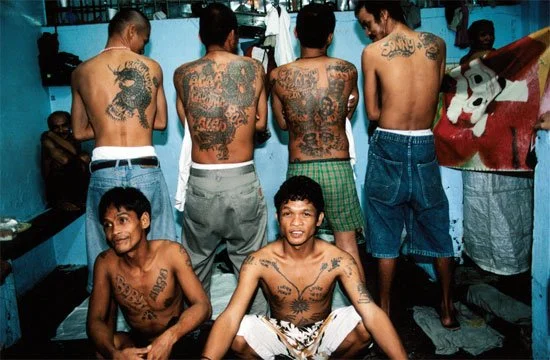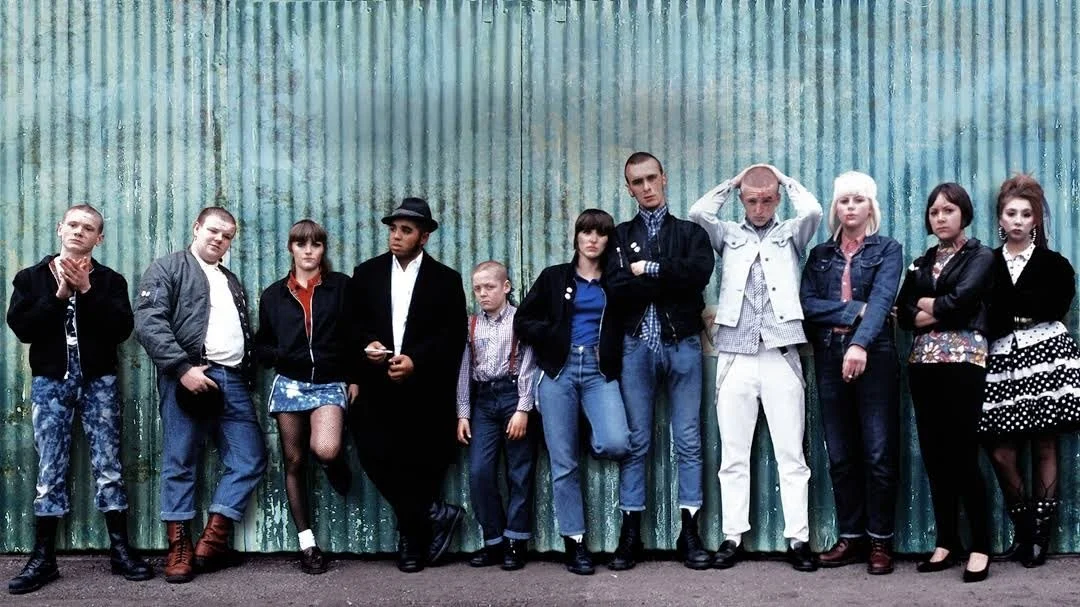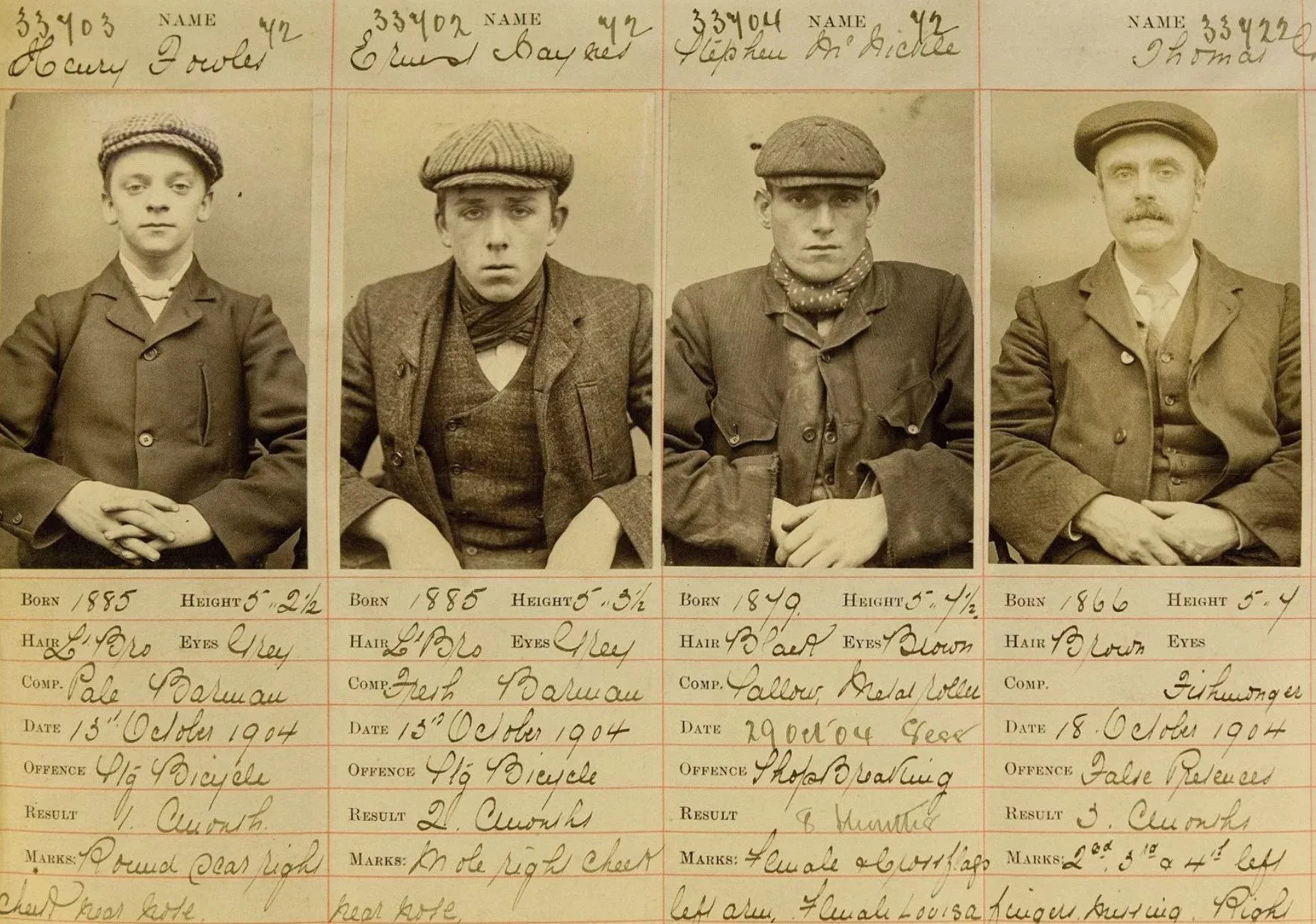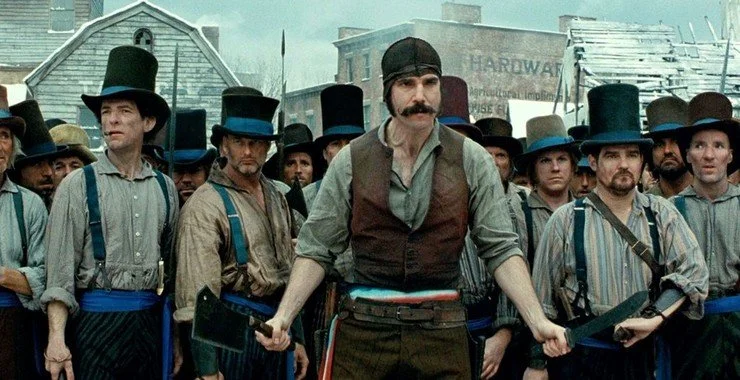More Mods …
By The Landlord
“Gangs are a group reaction to helplessness.” – Jesse Jackson
“When you in the hood, joining a gang is cool because all your friends are in the gang, all your family's in the gang. We're not just killing people every night, we're just hanging out, having a good time … But it’s so easy for a kid to join a gang, to do drugs. We should make it that easy to be involved in football and academics.” – Snoop Dogg
“No kid is seeking anything when he joins a gang; he's always fleeing something. He's not being pulled; he's being pushed by the circumstances in which he finds himself.” – Greg Boyle, Homeboy Industries, gang rehabilitation programme
Kev: I don't give a monkey's arsehole about Mods and Rockers. Underneath, we're all the same, ain't we?
Jimmy: No, Kev, that's it. Look, I don't wanna be the same as everybody else. That's why I'm a Mod, see? I mean, you gotta be somebody, ain't ya, or you might as well jump in the sea and drown.”
Kev: That's why I joined the army. To be different. To get away from all this … – Ray Winstone (Kev) and Phil Daniels (Jimmy) – Quadrophenia, 1979.
Wanna join? They are anywhere in the world, from small towns to major cities. They channel a hardwired instinct within us, from our ape past, to group together, borne from fear, insecurity, a need for belonging, survival, to find a sense of belonging, and embellish an identity. We first get a sense of the possibility of their existence on the first day at school. Who to befriend, and why? They could be tiny, trivial and childish, but as we get a bit older, local, territorial and sometimes vicious. They might evolve, become more teenage fashion-and-music driven, but if a young life takes a wrong turn, gangs often have a more serious connotation, from local areas, or far larger criminal organisations, they could mean life or death membership. The word gang, derived from the Old English gan, meaning to go, also comes from the Old Norse gangr meaning journey, has a broad meaning.
A vast and colourful subject, gangs delve right into the heart of society, but for many adults going about their ordinary daily lives, the idea of a gang might seem something from their past, or elsewhere. Perhaps your gang was just kids you hung out with on your street, or later when you decided to be dress as mod or rocker, punk or new romantic, goth, emo, indie kid or rapper. So where are the youth cultural gangs now and what music drives their gang identity? Aside from hip hop-related culture, are there fewer, or are they just less visible? What music drives the hipster look of beards and tattoos? Or is that just a trust fund? Do teenage gangs now more cluster in global online gaming groups under online identities?
A band, of course, is a gang of sorts, but there’s far more to it than that. There are many ways to interpret songs about gangs, but they all involve joining and belonging to a group with a shared look, identity and purpose . They inspire extreme emotions, and mirror the needs, strengths or inadequacies of the family unit. They could include leaders and underlings, hierarchies and power struggles. They might include specific language, terminology and slang. They could also involve initiation trials and ceremonies that may be involve violence, crime and sex.
How does it all begin? We could talk about the violent beating up, or murder initiations of LA gangs such as the Bloods, MS-13, or the Crips, the harsh mentoring of the Hells Angels, the bloodletting and ceremonial oaths of the Cosa Nostra, the enforced tattooing of your leader’s name by the Sigue-Sigue Sputniks of the Philippines, or the Triad drinking of wine and sacrificed animal blood of at Guan Yu shrines.
Tattoos of the Sigue-Sigue Sputniks of the Philippines
Or indeed the strange, secret, blindfold trouser-leg lifting, hooded ceremonies, of the various Grand Lodge Masonry. But let’s go with something altogether more palatable, a bunch of young boys on a bomb site in John Boorman’s innocent portrayal of his wartime childhood, Hope and Glory. This is one I also considered including in the intro for songs about wastelands. But here, despite the innocence, you’ll also find territorial claims, violent threat and coercion, sexual reference, and the use of live ammunition. Yep. The gang stuff is all here:
But gangs aren’t always fun and just involve smashing up stuff. In whatever form, they always involve a difficult form of compromise. If you want in, you have to give in, and sometimes be pulled into situations and actions you don’t want, due to pressure from assertive individuals, just to remain in. With a brilliant cast of then unknown actors, Shane Meadows’ original film, This Is England, set in 1982, and follow-up TV series, follows a group of Midlands skinheads, who are all torn between just enjoying the music and dress of the the Jamaican ska, soul, reggae and 2 Tone music they love, and a warm, funny, affectionate sense of family to hang out with, but also the ugly, rising racism of the National Front movement that also adopted the same cultural look, particular in the character of young, fatherless boy, Shaun played by Thomas Turgoose, who gets led astray by Stephen Graham’s hate-ridden Combo.
This is England: brilliantly filled with the politics of style, identity, race and belonging
Racial tension filters heavily into this excellent drama, but with violence as a byproduct, gang culture most of all springs out of hardship and poverty, as a blame and survival mechanism. Perhaps that’s why you don’t get much of a gang culture in Switzerland or Lichtenstein. Instead, there’s plenty across the inner cities of the US, and other parts of the world. Author of a book about the history of bandits, Barrington Moore, Jr. suggests that gangster culture is a "form of self-help which victimises others" and comes in societies which lack strong forces of law and order.
So with that formula, there’s never been a shortage of gangs, coming from slums and deprived areas, and inspiring a huge source of song material that could come in everything from traditional folk ballads to hip hop.
The UK has been a hotbed of gangs, both criminal and cultural, captured in song in all the major cities. There are the earliest recorded gangs, the 19th-century Scuttlers of Manchester were youth gangs that recruited boys and girls between 14 and 21 years. The Bengal Tigers of Bengal Street, were a prime example of territorial street gangs, going the the notorious “Gunchester” gangs of the 1990s, Gooch Gang and its rivals, the Doddington gang, operating in Moss Side.
Thirty miles away to the coast, Liverpool can meet the match of any other gangs, but the emphasis has more on a mafia-style set up based on the drug trade, linked to cocaine producers from South America, including the Cali cartel, involving high-profile figures such as Colin 'Smigger' Smith, who and Curtis 'Cocky' Warren.
Further south, and now made famous by the TV series, the late-19th-century and early-20th-century Peaky Blinders of Birmingham were known for their sartorial dress, but the enjoyable, stylish, romanticised TV Peakys, with music video, slow-mo, slick, Guinness-ad presentation arguably doesn’t capture the harsh realities of these times.
The real Peaky Blinders of Birmingham
Mentioned in Peaky Blinders of course, London has had many gangs since the 17th century. During that periods, the Mims, Hectors, Bugles, and Dead Boys dressed in different coloured ribbons to tell each other apart. While Paris had severe problems with groups such as the robbing Apaches, heavier criminal mobs became a problem for London before any other western city, with the 19th centuries major mobs often based on ethnic background, as territory, including The Yiddishers (led by Alfred Solomon), the Hoxton Mob, Watney Streeters, Aldgate Mob, Whitechapel Mob, Bethnal Green Mob and the organised Italian Mob headed by Charles Sabini.
While gang culture is often male-driven, from 1873-1950s there was also an all-female London criminal gang known as the Forty Elephants, who operated in the Elephant and Castle area, and would masquerade as housemaids for wealthy families before ransacking their homes. The culture of London gangs developed and also used the terminology ‘families’, most notably, and notoriously the Krays and Richardsons of the 1960s. As with all gangs, they are full of terrifying, but also charming and colourful characters and are ripe for fabulous narratives of death and revenge in song.
Glasgow gangs have a reputation as among most brutal, perhaps as a throwback to battles between clan families. I lived in Glasgow in the early 90s, and while the worst times were in the past, I remember witnessing how at the doors of many venues security staff would regularly end up with huge piles of knives and even swords confiscated the door. I had a wonderful, trouble-free time in that city, but the weekend I moved there, the local news covered a story of a gang member undergoing major surgery after have had his right jaw removed in a vicious knife fight prompted by a Celtic vs Rangers dispute. That sounds ‘sore’, as Glaswegians might say with classic gallows humour.
Glasgow’s gangs would be territorial as much as anywhere else, particularly during its ice-cream turf wars period, but even more so gang culture has been based on religious and football-based reasons. They stretch back most notoriously to the Billy Boys, a sectarian anti-Catholic gang, who were formed in 1924 by William Fullerton after he was attacked by a group of Catholic youths, as well as their big rivals the Norman Conks. Films such as Neds, and Small Faces were release to capture some of this extremely cutting sub-culture.
Whether you use the Italian mafia as musical inspiration – such as the Neapolitan Camorra, Calabrian 'Ndrangheta and the Apulian Sacra Corona Unita – or further abroad, Japanese Yakuza, Chinese Triads, and Russian Bratva or Irish mob, or the many gangs of the US based on ethnicity, territory, or even just a chosen fashion or colour, the Bloods and the Crips, Vice Lords, Gangster Disciples, Trinitario, Sureños, Tiny Rascal Gang, Asian Boyz, Wa Ching, Zoe Pound, The Latin Kings, The Hammerskins, Nazi Lowriders and Blood & Honour, there is also a wealth of language to dip into.
Many of these gangs derive from immigrants struggling in poverty, seeking to make their claim in a highly competitive environment that seems to offer a kill-or-be-killed situation. The Gangs of New York: An Informal History of the Underworld, the 1927 book by Herbert Asbury details many of the various ethnic group gangs arriving in Manhattan, struggling to find their feet, identity and territory against others in, and off, the same boat. The include colourful names from Irish to Italian and other groups, gangs such as the Bowery Boys, Roach Guards, Chichesters, Shirt Tails, Kerryonians, and Dead Rabbits, the latter including the notorious Hell-Cat Maggie, who apparently filed her teeth into points, her fingers adorned with long, claw-like brass fingernails.
A song about the Dead Rabbits' battle with the Bowery Boys on July 4, 1857, was written by Henry Sherman Backus and Daniel Decatur Emmett, and includes the liness
Like wild dogs they did fight, this Fourth of July night,
Of course they laid their plans accordin';
Some were wounded and some killed, and lots of blood spill'd,
In the fight on the other side of Jordan.
Martin Scorsese’s film, starring an impressive, constantly scene-stealing Daniel Day-Lewis, very much putting showing up a miscast Leonardo DiCaprio, is a colourful but unfortunately flawed portrayal (after many real fights over the edit) of the culture of the time.
Gangs of New York (2002)
Many songs that come up might be as much anti-gang as being about gangs. As well as bike gangs, prison gangs, punk, narco, mafia, or bandit groups, there are also vigilante gangs, employing more extreme measures to to counteract the criminal gangs, such as Los Pepes, Sombra Negra, Friends Stand United, People Against Gangsterism and Drugs, and OG Imba.
But gang culture also has its more measured antithesis - organisations charitable or local government driven, such as in Glasgow, or LA, designed to turn youth away from the dark side, and find meaning, and identity elsewhere, addressing knife crime, education and family issues.
In this vast, but also secret underworld, there is much to explore, with songs potently filled with narratives, perspectives, characters and poetic language. Finally, here are a couple of few film clips to entertain and inspire, both from the late 1970s. First, the cult classic, The Warriors, a slightly ridiculous but very enjoyable story of a group of leather coated fighters who find themselves stuck in the Bronx, and must travel right across the city to their home turf on Coney Island, but first escaped the police, but armies of crazily dressed gangs variously in baseball or kung fu outfits, with a series of exciting encounters. It’s worth noting that the girl gang is the one that inflicts the heaviest toll on them on their journey:
In LA here’s that excellent drama exploring the way to escape, or not escape gang culture, John Stapleton’s ever relevant Boyz N The Hood (1991), inspired by, and inspiring many other sorts of songs:
And then of course, Quadrophenia, soundtracked by the Who, captured the Brighton fights of Mods v Rockers, and a great document of British working-class youth seeking meaning in an often violent, small-minded white culture, but with great bikes and coats, and some fabulous acting:
So then, members, it’s time to turn to this week’s gang leader, ParaMhor, who will decide who joins and who stays in. Jump in and enjoy the ride. Place your songs in comments below, before the bell sounds on Monday night UK time 11pm, for playlists published.
New to comment? It is quick and easy. You just need to login to Disqus once. All is explained in About/FAQs ...
Fancy a turn behind the pumps at The Song Bar? Care to choose a playlist from songs nominated and write something about it? Then feel free to contact The Song Bar here, or try the usual email address. Also please follow us social media: Song Bar Twitter, Song Bar Facebook. Song Bar YouTube, and Song Bar Instagram. Please subscribe, follow and share.
Song Bar is non-profit and is simply about sharing great music. We don’t do clickbait or advertisements. Please make any donation to help keep the Bar running:
